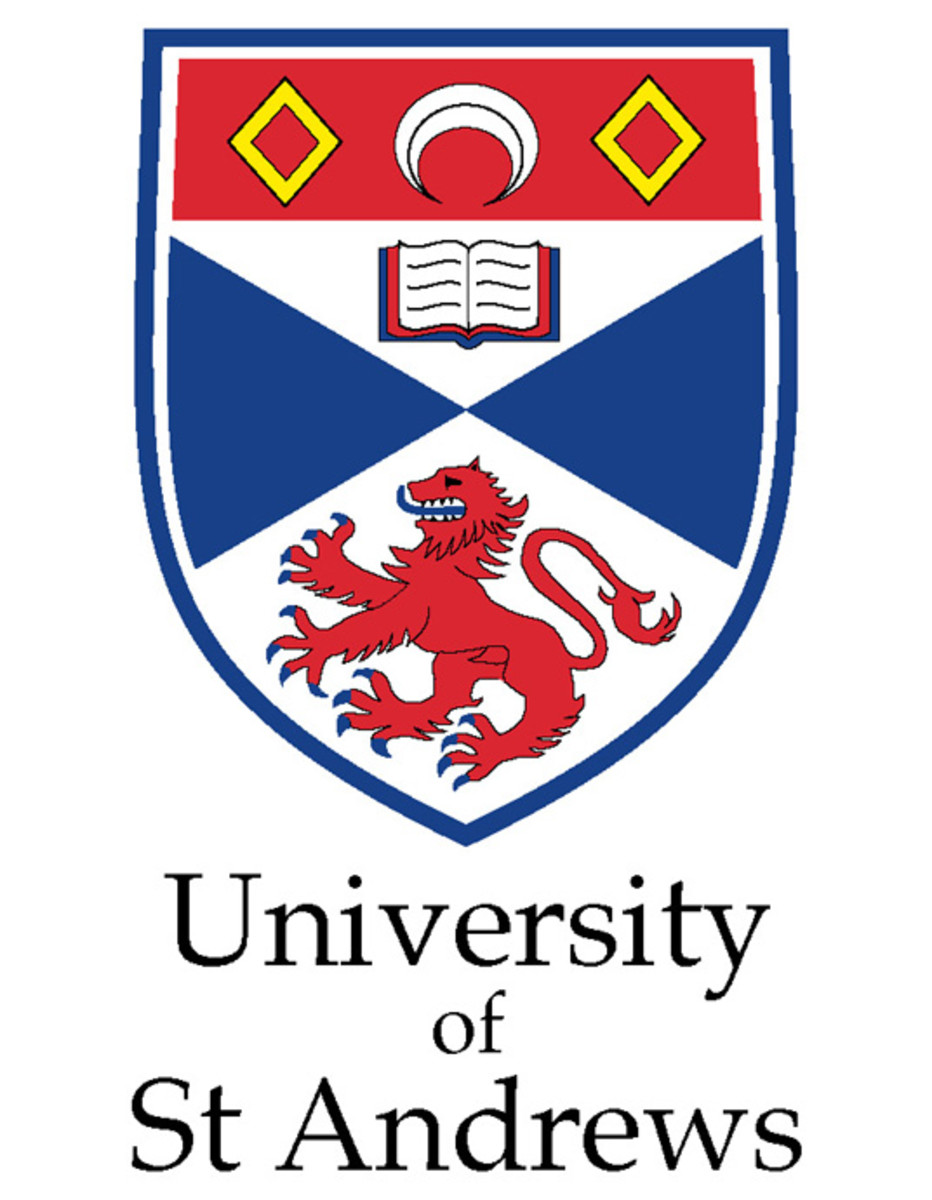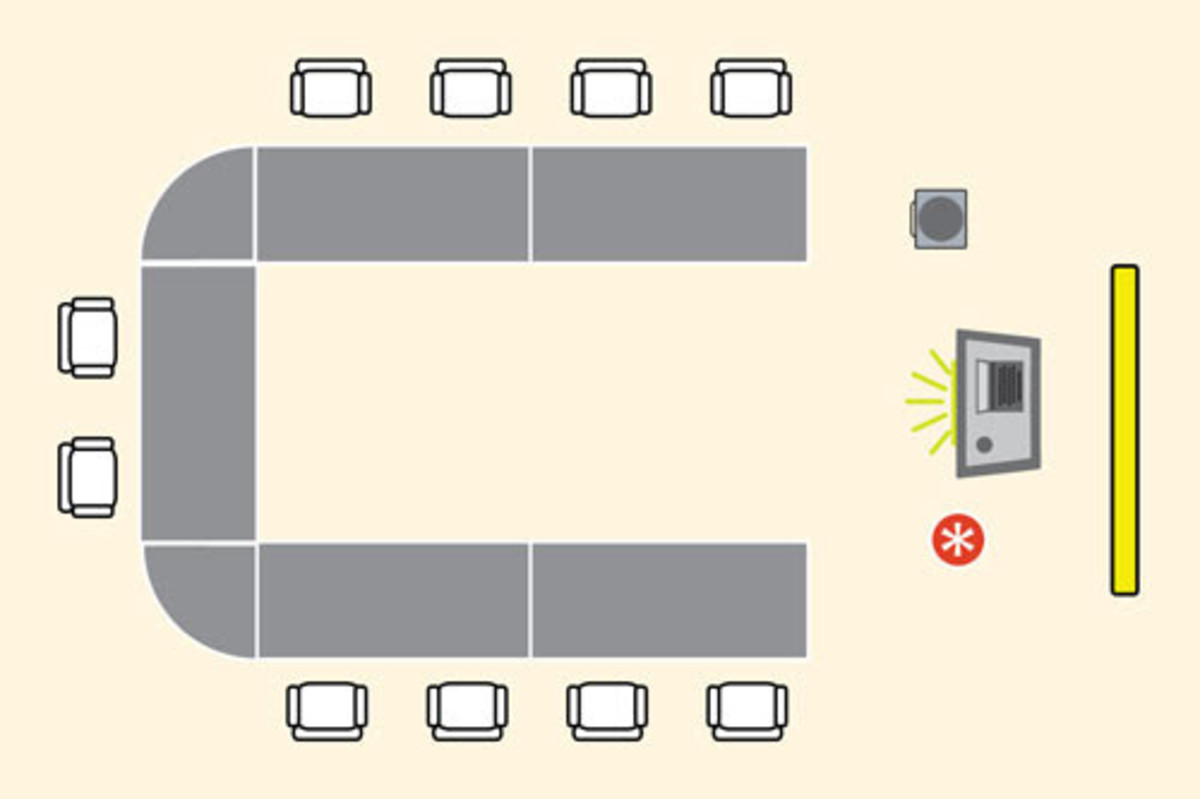Getting into Harvard and the Ivy League Schools is Getting Harder and Harder
Competition Is Fierce
According to a recent article in Business Week, the chances for being accepted into an Ivy League institution got a little slimmer this year. At Princeton, only 7.28% of total applicants were accepted, a decrease from last year. Out of the 26,641 freshman applications received, only 1,939 students were accepted. Yale University’s acceptance rate also tightened this year, accepting only 6.3% of the more than 30,000 applications that it received. The same was true at Columbia University. Harvard's acceptance rate this year was only 5.8%, virtually unchanged from last year at 5.9%. This means that getting into an Ivy League school is no easy task.
Overview of the Ivy League
Eight institutions of higher education make up the coveted “Ivy League,” grouped originally for their football division and not for their academic reputation which came later. They are: Harvard, Brown, University of Pennsylvania, Princeton, Cornell, Yale, Dartmouth, and Columbia. Altogether they comprise the oldest institutions of higher learning in America. Harvard is the oldest, established in 1636, Dartmouth, the smallest of the eight, was established in 1769 and Cornell is the youngest, established in 1865. They are among the best universities in the United States.
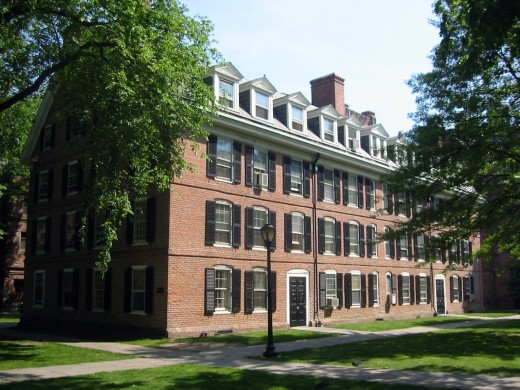
The Admission Rate Barometer—What Does it Really Mean?
Many eyes are focused on admission rates as a barometer for gauging (1) exclusivity of the school and (2) the difficulty of getting in. But the truth is that a mere glimpse at statistics will not necessary give one a true picture of the actual admission rate. Furthermore, admission rates change each year due to a variety of factors and using them as a means to compare schools is not necessarily an accurate comparison. For instance, the simple calculation for determining the admission rate is number of applications vs. number of admissions. Sounds easy. But one college may count an “application” only once the package is complete, i.e., all test scores, essays, letter of recommendations, application fees, etc. are in the applicant’s file. Another may count it as an “application” as soon as it comes in. And what about those who are wait-listed? It could be that at the end of the acceptance period, a sufficient number of accepted applicants decide to go elsewhere, and those wait-listed now find themselves accepted, yet these numbers are not reflected in the earlier calculation of admission offers. The stats are useful of course but one needs to dig beneath the surface.
A Brief Look at the Ivy League Student Body
Harvard sent acceptance notices to 5.9% of those who applied to the 2018 class, for a total of 2,023 accepted applicants. Admission officials note that the 2018 class will be a true reflection of the diversity of the country, with 19% of the students being Asian-American, 13% Latino and 11.9% African-American. Male applicants make up 55% of those accepted. Additionally, the students are fairly well distributed from across America, with only a slight lead in the number of those from the Mid-Atlantic States. A total of 34,296 students applied to Harvard and they came with the highest levels of academic achievement. 3,400 of the applicants were at the head of their high school graduating class. Almost half of the applicant pool scored at least 700 on all parts of the SAT—math, writing and critical reading. Admission officials also said that the 2018 class will be economically diverse, as Harvard's innovative financial aid program, combined with aggressive recruiting efforts, inspired many applicants who otherwise would have applied elsewhere.
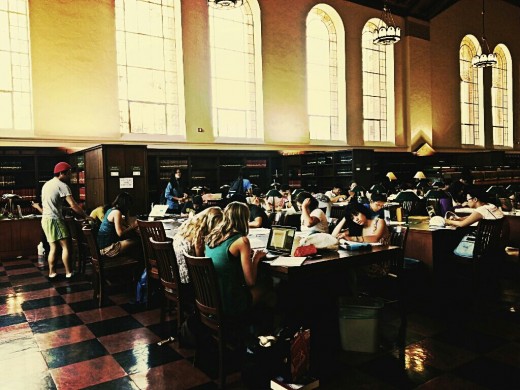
The applicants to other Ivy League schools were just as diverse and academically driven as Harvard's. Brown accepted 2,649 applicants into its 2017 class. The majority were from Texas, New York, New Jersey, California and Massachusetts. 95% were in the top 10% of their class and 45% identified themselves as students of color, including 18% Asian and 14% Latino. 58% intend to study the life sciences. Princeton had the smallest number of accepted applicants, with only 1,931 accepted to its 2018 class. 40% had a 4.0 grade point average. 50% identified themselves as students of color, and 11.4% were from more than 140 international countries. Yale accepted 1,935 students to its 2018 class. Admissions officials said that the applicant pool included students from “virtually every under-represented group in higher education.”
Poll
Do you think that the prestigious Institutions are offering the best studying environment?
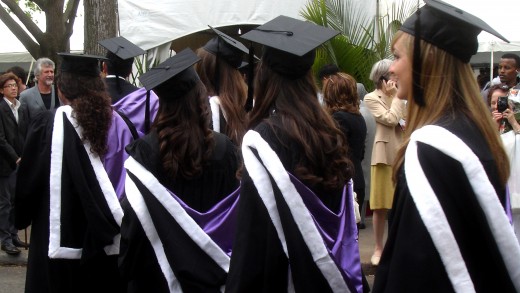
What does it take to get in?
1. Stellar academic record
Even with an eye toward diversifying their student body to include all ethnic groups, the Ivy League schools have not lowered the bar on academic achievement. SAT’s are preferred overact’s, and you need to score well above the average. This is especially true at Harvard where they require applicants to take two SAT II Subject exams. Weeding through all the high-scoring applicants, Ivy League schools scrutinize the essay section of the entrance exam. Using the essay as an opportunity to express your unique gifts and contributions to the world, plus what you feel you can contribute to the university will help to keep you alive in the selection process. A 4.0 grade point average is definitely an asset, and graduating at the top of your class will get you past the first round of cuts. Harvard wants their students to be successful—over 98% of their students graduate, so when looking at applications, admissions officials are searching for students who can withstand the rigorous academic environment at Harvard. They seek to know the inside of the student—what drives them, will they make a contribution to the Harvard community, what are their life goals and how do they intend to achieve them?
2. Your personal biography
The truth is, though, that there are thousands of applicants who meet the SAT/ACT and grade point threshold. So, to fill the limited number of spots available each year, admissions departments further narrow the pool to those who can round out the “personality” of the school and contribute to fostering an interesting learning and living environment.
3. Extracurricular activities- Extracurricular activities round out an already stellar student, and shows an ability to cultivate interests and passions outside a curriculum that is spoon-fed to a student. Being top of your class with a 4.0 GPA is not enough - one needs to have extracurricular activities and interests - and it can be in any range of activities - sports, music, science, the arts, volunteerism, etc. One has to be more than just a great student!
4. Leadership Qualities- Whether through exceptional scientific talent, sports, music, etc., schools want bright young people who have exhibited leadership that they will carry on with themselves throughout life. While rather daunting for a young person, one can show leadership in a myriad of ways, whether through their families, their schools, or their communities.
Poll
Which do you think is the most important skill to acquire in order to get into a prestigious institution ?
Additional Article Sources
- 6.26 percent of applicants admitted to class of 2018 | Yale Daily News
Yale released admissions decisions for the class of 2018, accepting 1,935 students from an applicant pool of 30,932 — an acceptance rate of 6.26 percent. - College admits Class of ’18 | Harvard Gazette
Acceptance notices sent to 2,023, 5.9 percent of applicants | Harvard College has sent admission notifications to 2,023 students, 5.9 percent of the applicant pool of 34,295. Included are record numbers of African-American and Latino students, who co - Harvard Opens Doors a Little Wider, Accepting 5.9% of Applicants - Businessweek
Harvard College accepted 5.9 percent of applicants to its freshman class. In 2013 only 5.8 percent of the applicants were accepted. - 2017 Ivy League Admissions Statistics
HBS News - New Building
- Harvard Business School Breaks Ground For New Executive Education Center - News - Harvard Business
First Building Named After A Woman & Chinese-American On Harvard Campus: The Ruth Mulan Chu Chao Center. BOSTON—Harvard Business School (HBS) broke ground today on its campus in Boston for the construction of a new Executive Education facility. - Statement of Angela Chao - News - Harvard Business School
Angela Chao, the Deputy Chairman of the Foremost Group, speaks at the Ruth Mulan Chu Chao Center groundbreaking event at Harvard Business School Boston, MA.

